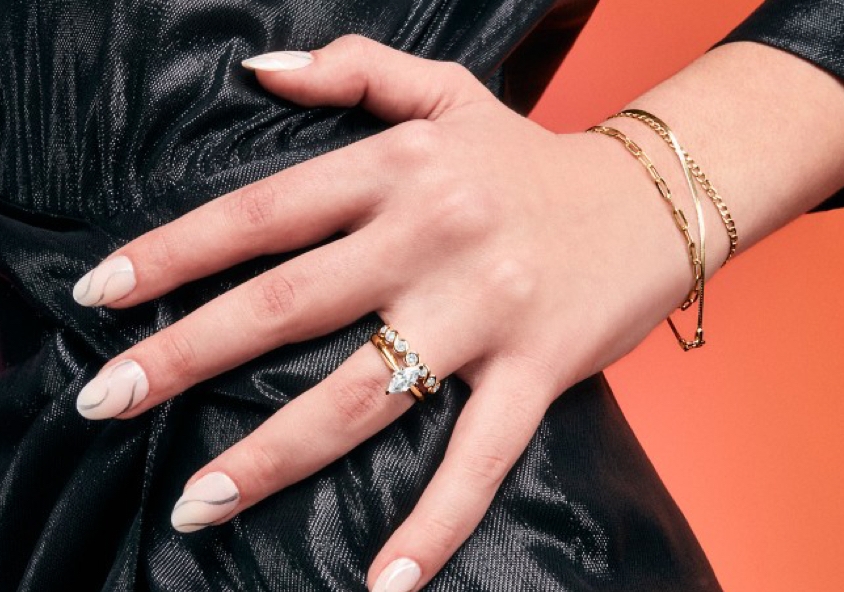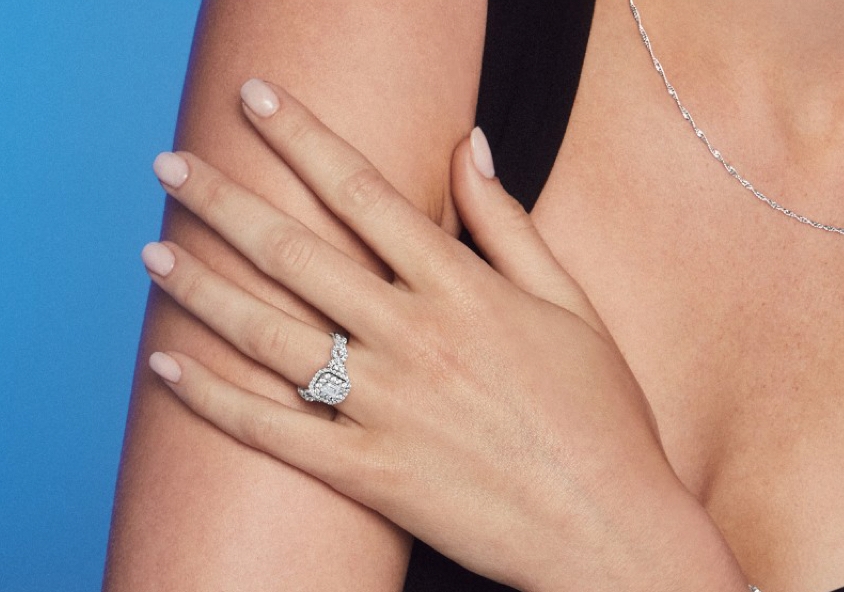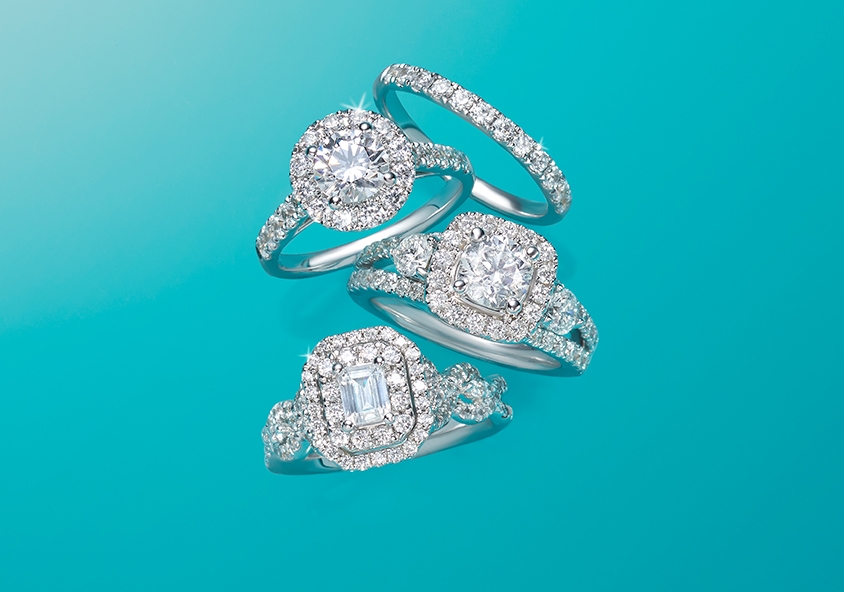Diamond Cut Guide: Ideal Cut Quality, Proportions and Symmetry
Out of the 4Cs, carat might get the most attention, but it’s really cut you should be paying the closest attention to. If you want brilliance, sparkle and drama, a good cut can give you all that and more. The most popular cuts have evolved over the years and can vary depending on the type of jewelry the stone is being used for. The cut of a stone also has the power to make a diamond appear larger and clearer than it is.
Whether you have a vintage-inspired style in mind for your engagement ring or you’re more of a sleek and classic kind of person, here’s what you should know about how cut can affect the style and price of your diamond jewelry.
Whether you have a vintage-inspired style in mind for your engagement ring or you’re more of a sleek and classic kind of person, here’s what you should know about how cut can affect the style and price of your diamond jewelry.
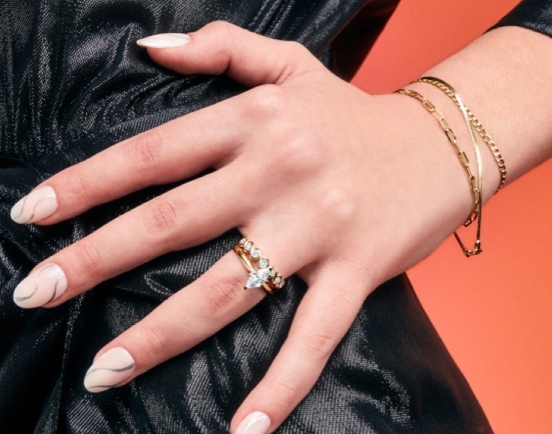
Diamond Cut and Price
Expert diamond cutters are skilled at bringing the brilliance out of each diamond they work with. Sometimes diamonds are cut so they’re heavier, thus fetching more value for their carat weight. Sometimes they’re cut to hide or minimize inclusions, so they get a higher clarity grade. While the cut alone won’t change the price of a diamond, when it’s combined with the other 4Cs, cut can make a difference in the value of the stone you choose for your jewelry.

Cut Quality
Diamonds used to be cut by hand using specialized tools. Today, they are cut with machines so precision and accuracy have increased dramatically. Still, a diamond cutter can use discretion to decide how to best cut a stone to hide its flaws and maximize its value.
In general, there are three factors that determine a diamond's cut quality:
Cut grades are referenced on a diamond's certificate often using the GIA standards of Excellent, Very Good, Good, Fair, and Poor. The quality of a diamond's cut always speaks for itself. The cuts can take shape in a number of ways to work with many types of jewelry and personal preferences:
In general, there are three factors that determine a diamond's cut quality:
- Proportion: The relative size and angle of each diamond facet
- Symmetry: The precision of the cut design, especially the facets
- Polish: The smoothness and luster of the diamond's surface
Cut grades are referenced on a diamond's certificate often using the GIA standards of Excellent, Very Good, Good, Fair, and Poor. The quality of a diamond's cut always speaks for itself. The cuts can take shape in a number of ways to work with many types of jewelry and personal preferences:
| | Shape Name | Description |
|---|---|---|
 |
Asscher | Square shape with cropped corners for an almost octagonal appearance. |
 |
Cushion | Historical rounded-corner cut that radiates a kaleidoscope of color. |
 |
Emerald | Wide, flat plane that looks like stairs from the top. Less sparkle, more elongated elegance. |
 |
Heart | Complex shape with detail best suited to larger-carat diamonds. |
 |
Marquise | Unique eye-shaped cut that appears larger than it actually is. |
 |
Oval | Asymmetrical elongated shape with no pointed edges—less likely to snag. |
 |
Pear | Combines round and marquise characteristics with a tapered shape. |
 |
Princess | Popular modern cut with pointed corners and lots of brilliance and sparkle. |
 |
Radiant | Cropped corners surrounding a square or rectangular cut make it extra durable. |
 |
Round | Most popular cut due to symmetry, sparkle, and timelessness. |

The Difference Between Cut and Shape
You may notice that the terms for the cut and shape of a diamond are similar, but they aren’t used interchangeably. Diamonds are graded for the quality of their cut, so while there can be many stones that are considered emerald shape, the cut of each stone will vary. A diamond cutter has the expertise to navigate the angles and facets of a stone and cut it to maximize light reflection. If the cut is too shallow or too deep, the diamond will fall short of its sparkle potential.
Choosing the right diamond shape depends on personal preference and the style you’re going for. If you want to learn more, our diamond shapes guide can help you navigate your options.
Choosing the right diamond shape depends on personal preference and the style you’re going for. If you want to learn more, our diamond shapes guide can help you navigate your options.
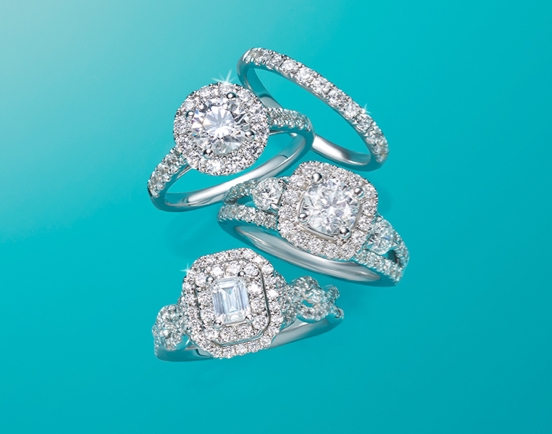


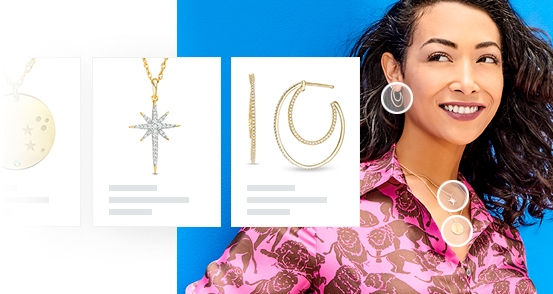


 They will be on video but won't see you.
They will be on video but won't see you. Make sure to enable your mic if prompted.
Make sure to enable your mic if prompted. Language:
Language:

